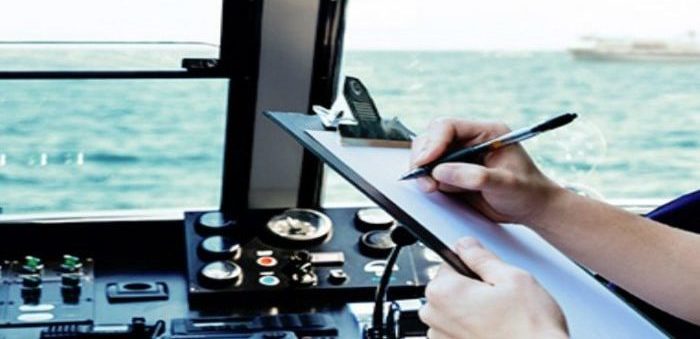EMSA published some guidance regarding sulphur inspection. This document aims to provide guidance for a harmonised approach to the inspection of ships, ensuring their compliance, identifying non-compliances and applying control procedures regarding the sulphur content of marine fuels.
As EMSA said, sulphur inspections differ according to whether ships are using compliant fuel, an approved emission abatement method, or alternative fuels. If a ship has been allowed to use an emission abatement method, this should be laid down in the IAPP certificate supplement. In these cases, any relevant guidelines developed by the IMO must be taken into account.
In order to determine if a ship complies with the requirements of the Directive, the documentation on board the ship must contain the following:
- Bunker delivery notes: Details of fuel oil for combustion purposes used onboard should be recorded by a bunker delivery note.
- Ships’ log books: The following documents, as a minimum, have to be included: Oil Record Book Part I; Records of navigational activities; Records of internal transfer of fuel; Engine logbooks; Tank sounding records; Fuel oil change over records.
- Written procedure for fuel oil change over: Ships using separate fuel oils to comply with the SOx emission requirements while entering or leaving a SECA, should carry a written procedure describing how the fuel oil change-over will be achieved.
- IAPP Certificate and Supplement: Every ship of 400 gross tonnage must be issued with an International Air Pollution Prevention Certificate. The IAPP Certificate, and its Supplement, confirms that a ship conforms to the requirements of MARPOL Annex VI.
- Nautical charts, ECDIS: Nautical charts and ECDIS, if installed on board the ship can help obtain a complete record of the voyage and have a better understanding of the shipping routes.
- Tank plans and piping diagrams: These plans and diagrams might help Sulphur Inspectors to understand if the fuel changeover has been condicted properly, especially when used in conjunction with the fuel logs and bunker delivery notes.
Moreover, sulphur inspections will consist of the following phases in sequence:
Pre-boarding
- Ships information: Before boarding, relevant information about the ships in port may be obtained from THETIS-EU and other sources, such as ship particulars, last and next port of call, arrival and departure times, port stay duration, etc.
- Ships selection: Based on the ships in port and their information, a ship may be selected for a sulphur inspection. This decision may be based on risk based methods developed at national level and on specific alerts on individual ships in THETIS-EU.
On board
- Preliminary verifications: During the pre-boarding phase, significant information about the ship is collected which should be verified once on board. This information may be also important as part of the details that need to be recorded after the inspection.
- Inspection of a ship using a fuel based compliance method: On a ship that uses low sulphur fuel oil to meet the requirements, the sulphur inspection should be limited to determining whether the ship: is using the correct fuel at the time of the inspection at port; and was using the correct fuel in waters under the jurisdiction of the Member State on its last voyages.
- Inspection of a ship using an abatement method: The following Emissions Abatement Methods and alternative fuels may be considered as an alternative to using marine fuel: mixtures of marine fuel and boil-off gas; scrubbers; biofuels; other Alternative Fuels (e.g. LNG, Methanol).
- Sample collection and analysis: If the Sulphur Inspector’s observations, general impressions and on board checks of documentation confirm the ship is meeting the requirements of the Directive then the sulphur inspection should be limited to these checks. However, proof may be needed as to what fuel was, or is, being used at one particular time.
Follow-up
- Non-compliances with the Directive: Evidence must be provided for the following cases: Inability to buy compliant fuels; Non-compliant fuels were used due to damage to the ship; Delay of fuel switch-over due to bad weather or ship maintenance.
- Reporting the findings of the Sulphur Inspection: Sulphur Inspections should be reported in THETIS-EU, the Union information system supporting the enforcement under the Directive for those member States that have chosen to use the system. Along with the result of the inspection, other ship specific information should be inserted in THETIS-EU which could be relevant for future inspections.
See more details in the PDF below


































































